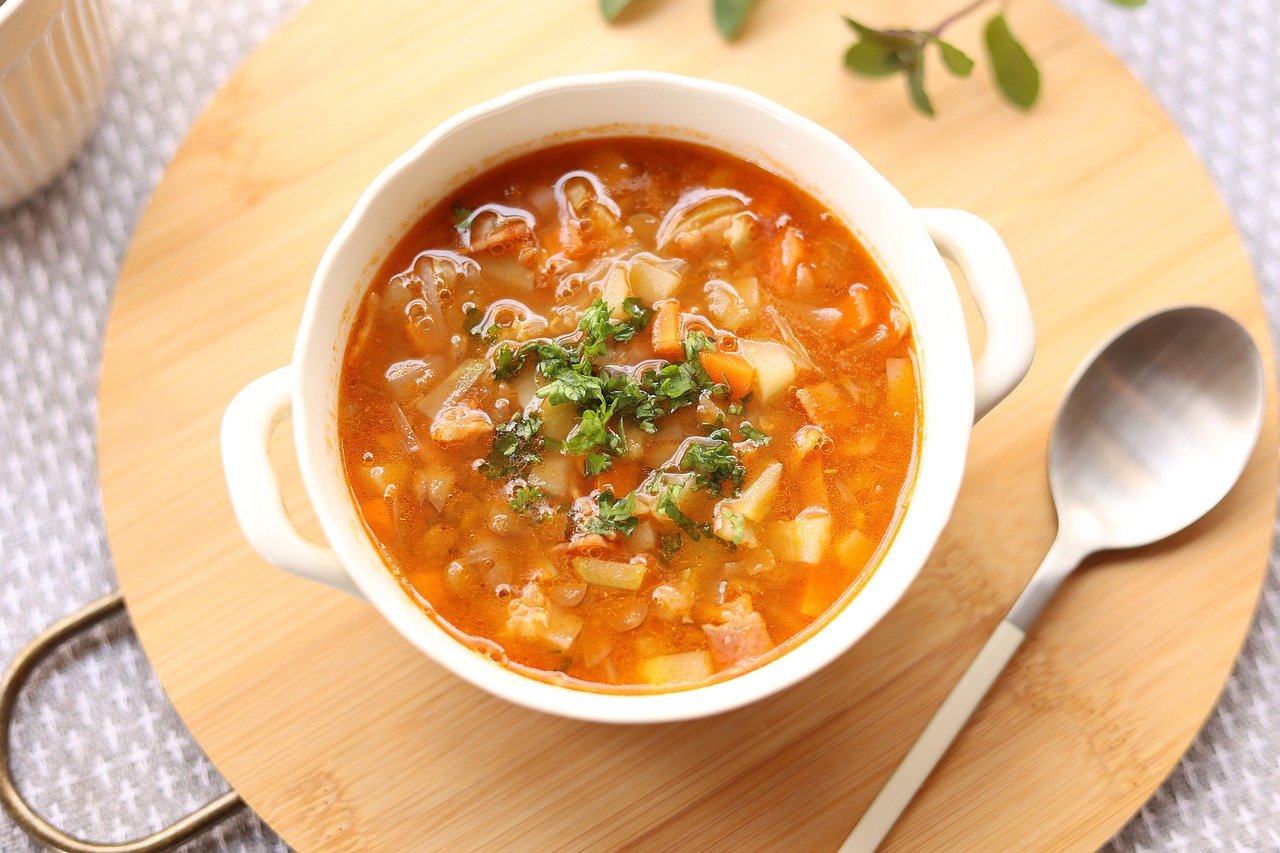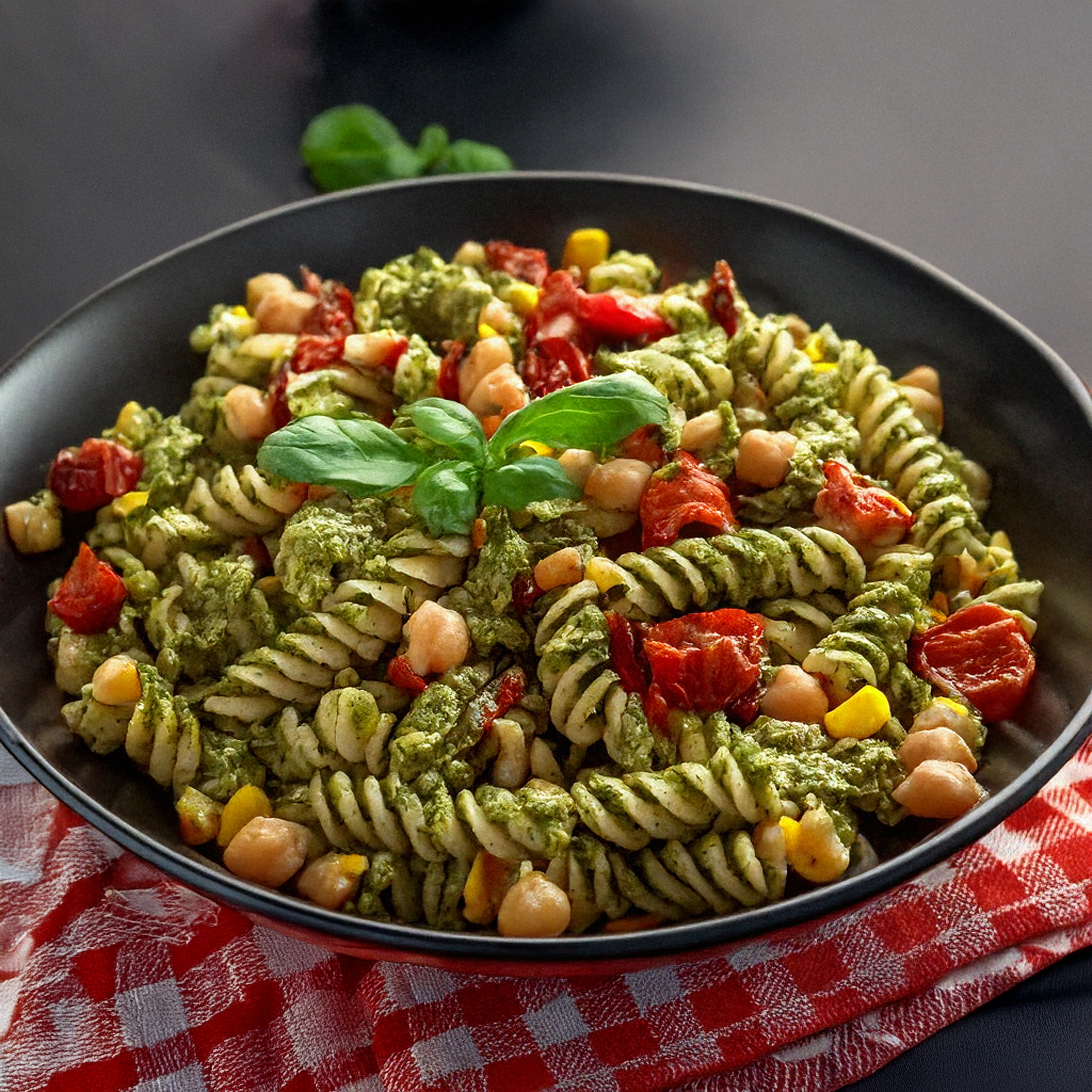
Eating Healthy on a Budget: Plus Bonus Recipe
Following a healthy diet with plenty of fruits, vegetables, whole grains, low fat proteins and dairy, plus heart healthy fats like olive oil, nuts, seeds, and avocados, is an essential part of taking good care of ourselves. For those living on a limited or fixed income, buying foods that make up a healthy diet may be a financial struggle. In our current economy, eating healthfully on a budget may seem like an impossible task with the high cost of foods. However, understanding the basics of stocking a pantry with low cost, versatile staples, learning smart shopping strategies, and planning ahead to make the most of your food dollar can help you prioritize your health without breaking the bank.
Start with Healthy Staples
Having a well-stocked pantry provides you with basic ingredients needed to make nutritious meals and snacks. Pantry staples are shelf stable, most are inexpensive, and they can be utilized in a variety of dishes. The basics of a healthy pantry include:
- Canned fish like tuna, salmon & canned chicken
- Beans & legumes like black beans, garbanzos, kidney beans, white beans, lentils
- Whole grain pastas, quinoa, farro, brown rice
- Whole grain cereals, oatmeal, steel cut oats, whole grain bread
- Canned tomatoes & other vegetables (low sodium, if possible)
- Dried fruit & nuts like almonds, walnuts, & peanuts, seeds like sunflower & pumpkin
- Spices: pepper, cinnamon, Italian seasoning, garlic powder, cumin, Mrs. Dash, & other no salt spice combinations
- Flavored vinegars like balsamic, sherry, & red wine
- Oils like olive, avocado, canola, & sesame
- Nut butters: peanut, almond, sunflower
Stock your refrigerator and freezer with some healthy staples too. Include frozen fruits and vegetables in addition to fresh produce, eggs, hummus, yogurt, mustard, cheese, and your milk of choice (cow’s milk or plant-based like oat, almond, or soy).
Money-saving Tips
Before you go shopping:
1. Take inventory of what you have before going shopping so you can plan meals around those ingredients and not end up wasting what you already have at home. It will also save you from buying food you already have.
2. Plan ahead. Careful meal planning and shopping is key to saving at the grocery store.
• Look for sales, coupons, and specials in store flyers, online, or in the apps.
• Look for in-season produce since it usually costs less and tastes better.
3. Make a shopping list so you will be less likely to buy on impulse to save money and reduce food waste. This also ensures you purchase everything you need.
4. Plan to use leftovers and be creative. For example, repurpose roasted chicken into chicken quesadillas or chicken salad. Use leftover salmon on top of a salad.
5. Try not to shop while you are hungry since this may lead to overbuying.
At the store:
- Compare prices using the unit price on the grocery store shelf. The unit price is essentially just what it sounds like–the price per unit of an item—whether in ounces, pounds, or any other measurement—rather than the total cost. It’s helpful to determine whether buying a bigger vs smaller size or name brand vs generic is a better deal.
- Try store brands instead of name brands. Most store brands are made by nationally known brands that sell their products to the store at a low cost and allow them to place their own label on their products.
- Buy fresh produce in small amounts that you can use while it is still fresh, so you don’t end up having to throw it away. Use the most delicate fresh produce first so it does not go to waste.
- Fruits and vegetables sold in larger bags are usually cheaper and can be stored for quite a while.
Some fruits like oranges, lemons, grapefruit, and apples can keep well in the refrigerator for 2-3 weeks. Another option is to split the larger quantity with a friend. - Choose vegetables and fruit in their simplest form. Pre-cut, pre-washed, ready-to-eat foods are convenient, but they cost more.
- Don’t forget canned veggies (use low sodium or rinse to cut by 40%) and frozen veggies (plain, look out for sauces and flavor packets) and canned fruits (canned in their own juices or in water) and frozen fruits. They are picked at their peak ripeness and can ensure you always have fruits and vegetables on hand.
Other Tips:
- Try batch cooking. Cooking in larger quantities a few times per week or month and freezing the excess for another day can save time and money in the future.
- Cooking at home rather than eating out provides significant cost-savings. The average cost of a meal at home is around $4 while a meal at a restaurant is close to $20.
- Store your food properly and use the most delicate and perishable foods first to reduce waste.
Try this easy pantry recipe to make a quick and tasty soup.
Quick and Easy Minestrone
adapted from foodnetwork.com
Yield: 4 servings
Ingredients:
- 1 tablespoon olive oil, plus more for serving
- 8-oz can corn kernels, rinsed and drained
- 2 tablespoons tomato paste
- 1/2 teaspoon dried rosemary
- 1/4 teaspoon dried oregano
- 4 cups chicken broth, low sodium preferred
- One 14-oz can diced tomatoes
- 3/4 cup small pasta, such as small shells
- 14-oz can white beans, unrinsed and drained, reserving half of the liquid
- 14-oz can cut green beans, rinsed and drained
- Salt and freshly ground black pepper to taste
Directions:
- Heat the oil in a medium pot over medium-high heat.
- Add the corn and cook, stirring occasionally, until it starts to brown slightly, about 3 minutes.
- Add the tomato paste, rosemary and oregano and cook, stirring constantly, until the tomato paste begins to darken in color, about 1 minute.
- Slowly whisk in the chicken broth until the paste is smooth and incorporated into the liquid.
- Add the can of diced tomatoes (including the liquid) and bring the mixture to a boil.
- Stir in the pasta, the white beans and reserved liquid.
- Cook until the pasta is al dente, 7 to 8 minutes, stirring in the green beans during the last 2 minutes of cooking.
- Season to taste with salt and pepper.



